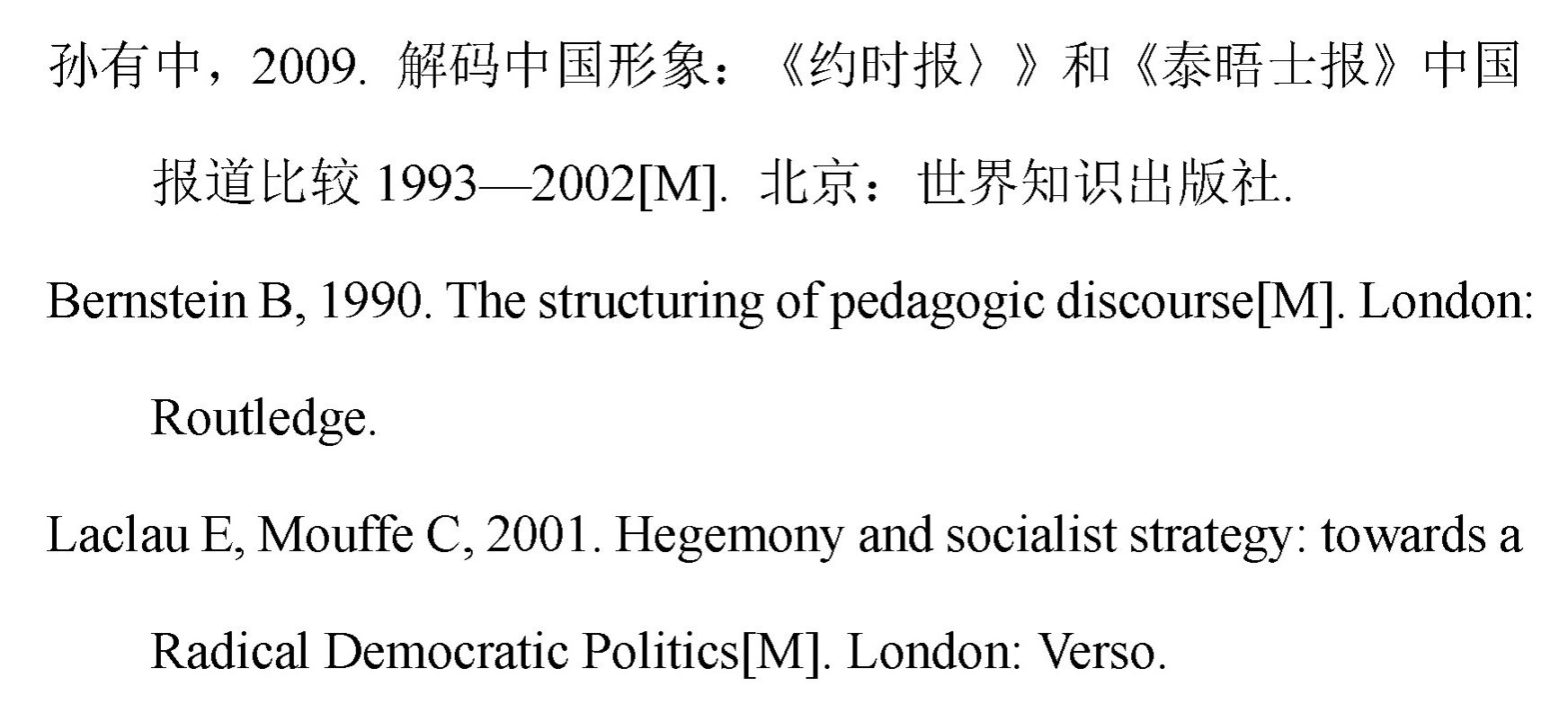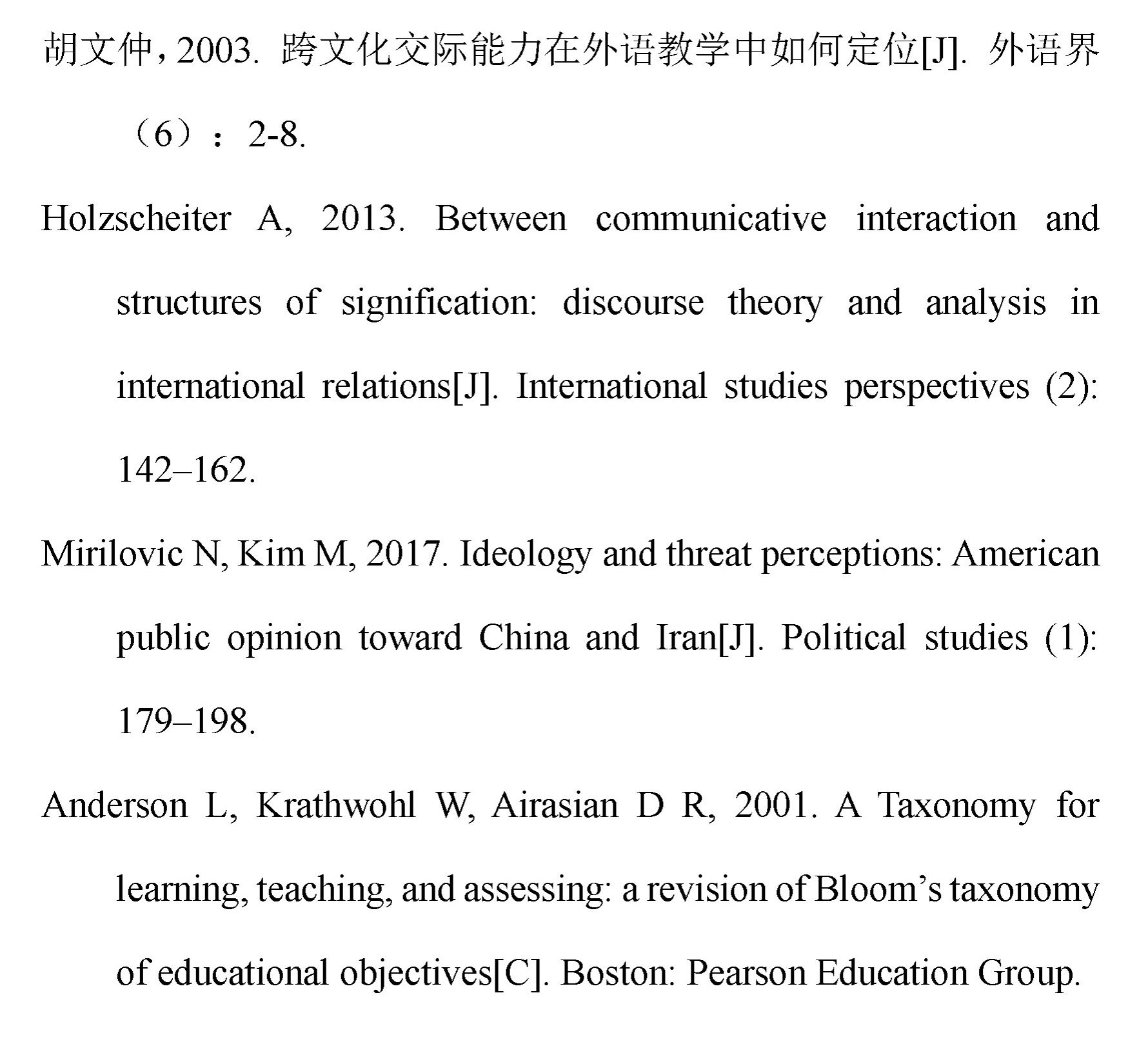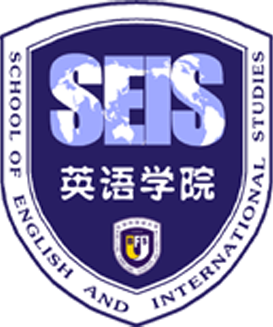Intercultural Studies Forum

Introduction to the Journal
Intercultural Studies Forum is a high-quality academic serial publication in China dedicated to intercultural research. It is sponsored by Beijing Foreign Studies University, co-organized by the Intercultural Communication Research Committee of the Translators Association of China, and published by Foreign Language Teaching and Research Press.
Professor Ma Hailiang serves as the Chief Editor, with Professor Hu Wenzhong and Professor Michael Byram as consultants. The editorial board comprises renowned experts and scholars from the Intercultural Communication Research Committee of the Translators Association of China and related fields.
The journal publishes outstanding achievements in theoretical innovation and practical exploration in the field of intercultural studies from both domestic and international scholars. It aims to build an academic platform for intercultural research, pool academic resources, promote exchanges and cooperation among domestic and foreign scholars in this field, strengthen the discipline construction of intercultural studies in China, and contribute to cultural and people-to-people exchanges between China and foreign countries as well as the building of a community with a shared future for mankind.
Call for Papers
Intercultural Studies Forum is a semi-annual academic serial publication that features outstanding achievements in theoretical innovation and practical exploration in the field of intercultural studies from both domestic and international scholars. Scholars at home and abroad are warmly invited to submit their high-quality manuscripts.
The main columns include: Intercultural Communication Studies, Intercultural Communication Research, Intercultural Translation Studies, Intercultural Foreign Language Teaching Research, Intercultural Education Research, Intercultural Discourse Studies, Intercultural Literary Studies, Intercultural Business Communication, Intercultural Chinese Teaching, Language and Cultural Policies, Transnational Migration Studies, Globalization Studies, as well as International Academic Frontiers, Key Terms in Intercultural Studies, and Book Reviews.
Intercultural Studies Forum emphasizes the originality of academic ideas, the interdisciplinarity of academic research, and the standardization of academic practices, while advocating academic integrity. Authors shall be responsible for the content of their submissions and abide by academic norms. The editorial team will make necessary revisions to manuscripts in accordance with relevant standards. In line with international practices, the journal strictly implements an anonymous peer review system, and decisions on acceptance of manuscripts are based on peer review comments. Authors whose manuscripts are accepted will receive two complimentary copies of the publication.
Submission Email: ICSF2018@163.com
Editorial Office Address: School of English and International Studies, Beijing Foreign Studies University, No. 2 North Xisanhuan Road, Haidian District, Beijing
Format and Style
1. Title, Author Name, Affiliation, Abstract, and Keywords
The Chinese title of the submitted manuscript should ideally be within 20 characters. The abstract, limited to 300 characters, must include research purpose, methods, results, and conclusions, and be written in the third person, generally avoiding terms like “this paper,” “I,” or “the author.” Keywords are typically 3–5 in number. Submissions must also include a corresponding English title, English abstract, English keywords, and author biography (name, academic title, affiliation, research focus, email address).
2. Title Notes
If the paper involves research projects funded by national or provincial-level foundations or key programs, or if acknowledgments to relevant individuals are needed, such information should be indicated as a title note marked with a • at the bottom of the first page of the main text. The approval number of the funding project must also be specified.
3. Format of the Main Text
3.1 Headings
All headings in the main text must occupy a separate line, numbered with Arabic numerals (starting from 1). The numbering format is: Level 1 headings as 1, Level 2 as 1.1, Level 3 as 1.1.1, and so on. Headings at any level must include specific titles.
3.2 Transliteration of Personal Names
Well-known foreign names in the text should generally be annotated with their commonly used Chinese transliterations (e.g., 马克思 for Marx, 爱因斯坦 for Einstein). For other names, the surname should be translated into Chinese, with the full original name given in parentheses afterward.
3.3 Writing of Examples
Examples in the text are numbered as [1], [2], [3]... If multiple examples fall under the same number, they are labeled as [1] a, b, c... A space follows the example number; the text starts with 4 spaces and continues with 2 spaces for subsequent lines. All examples in the full text are numbered consecutively, without restarting in different sections. Block quotations in the text are not numbered, follow the same format as examples, and are separated by a blank line above and below.
3.4 Figures and Tables
Figures and tables in the text are numbered consecutively in the order they appear (i.e., Figure 1, Figure 2; Table 1, Table 2...). The number and title of a table are placed above it, while those of a figure are placed below it.
4. Notes and Citation Format in the Main Text
4.1 Notes and Numbering
Explanatory or supplementary notes in the main text are placed as footnotes, numbered anew on each page using ①, ②, ③... References or citations are generally not included in footnotes.
4.2 In-Text References or Citations
References or citations in the text are indicated in parentheses, following these formats: (孙有中 2016: 17); 韩礼德 (Halliday, 1994: 10). For works with multiple authors, only the first author is listed followed by “et al.,” as (孙有中 等,2023: 15) for Chinese authors; (Smith et al., 2024: 16) for foreign authors. Page numbers may be omitted for indirect citations as (孙有中, 2016) or (Halliday, 1994)). Multiple works by the same author are separated by commas like (Smith 1983, 1991).
5. Format of References at the End of the Text
5.1 Format Requirements
References are listed consecutively after the main text, aligned to the left, and sorted by initials or pinyin. They are presented in their original language (Chinese for Chinese sources, foreign languages for foreign sources). References include monographs, journals, newspapers, edited volumes, dissertations, etc.
5.2 Order of Arrangement
Chinese references are listed first. Japanese references or works by Japanese authors are sorted by the pinyin of their authors’ names and integrated with Chinese references. Titles of Western monographs and journals are in roman type, with the first letter of the first word capitalized and the rest in lowercase (except proper nouns). Western references are sorted alphabetically by the author’s or editor’s surname (see details below), with each entry starting on a new line.
5.3 Citation Formats
References follow different formats based on their type. In accordance with national journal publishing standards, document type identifiers are marked below the Chinese Library Classification number, as follows:
Document type identifiers: Monograph [M]; Journal article [J]; Edited volume [C]; Dissertation [D]; Standard [S]; Report [R]; Patent [P]; Newspaper article [N]. (2) Electronic document type identifiers: Database [DB]; Computer program [CP]; Electronic bulletin [EB]. (3) Carriers of electronic documents and their identifiers: Online database [DB/OL].
5.3.1 Monographs
Format: Author/editor, year of publication, title (no quotation marks), document type identifier, city of publication, publisher. Multiple authors are separated by commas. For foreign authors, use surname + given name (abbreviated without periods). Examples:

5.3.2 Journal Articles
Author, year of publication, article title, document type identifier, journal name (no quotation marks), issue number, page range of the cited article. Examples:

5.3.3 Electronic Documents
Author, date of publication/last update, title, document type identifier, date of citation, URL or access address. Example:

5.3.4 Articles in Edited Volumes
Author, year of publication, article title, document type identifier, editor(s) of the volume, title of the volume (with quotation marks), document type identifier, city of publication, publisher, page range of the cited article. Example:

5.3.5 Dissertations
Author, year of degree award, title of the doctoral/master’s dissertation (with quotation marks for Chinese, italicized for foreign languages), document type identifier, name of the degree-granting institution. Example:

5.3.6 Translated Foreign Works
Chinese translation of the author’s/editor’s surname, year of publication of the translation, title (no quotation marks), document type identifier, translator(s), city of publication, publisher. Example:

5.3.7 Newspaper Articles
Author, year of publication, article title, document type identifier, newspaper name (with quotation marks for Chinese, italicized for foreign languages), date of publication (edition). Example:

For other cases, please refer to the National Standard 2025.
Editorial Office of the Intercultural Studies Forum

